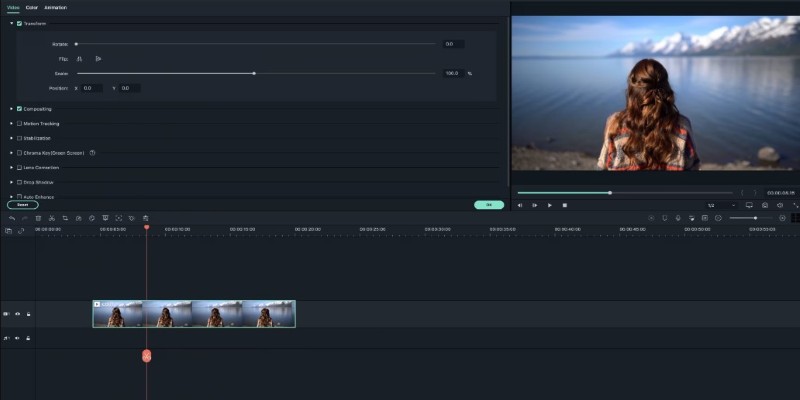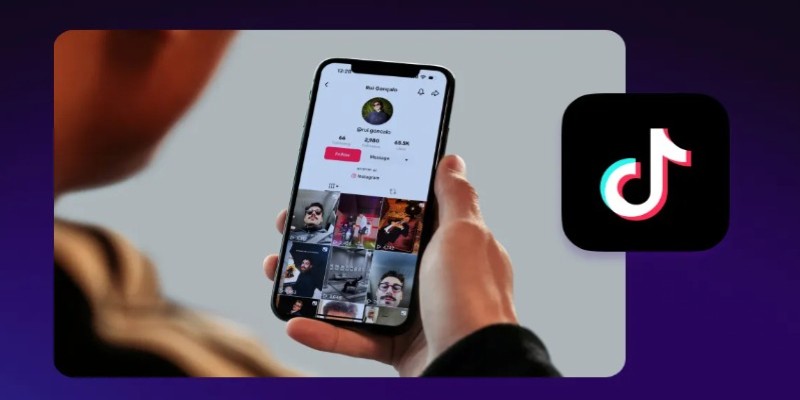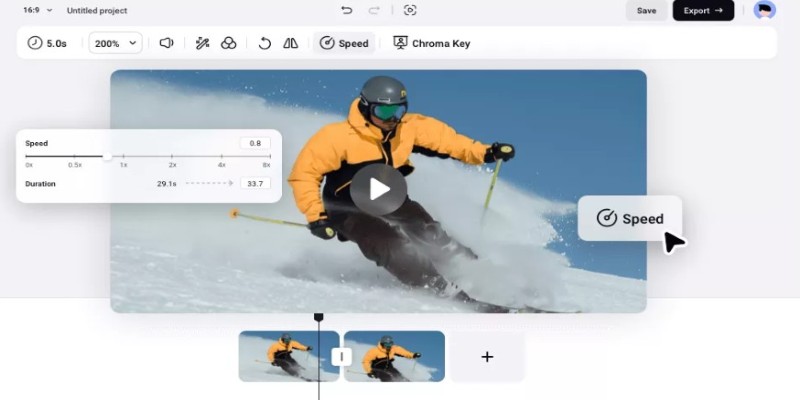Making Mute TikToks That Actually Keep People Watching Without Sound
Advertisement
Some of the most striking videos on TikTok are the ones that say nothing at all. Whether it's a tutorial, a product showcase, or a visual story, mute videos have quietly carved their space across the platform. But pulling off a video with no voice, no dialogue, and still holding someone’s attention for the full few seconds? That’s not as effortless as it looks. It’s about intention, timing, and knowing how to guide the eye without guiding the ear.
Let’s get into how creators are making silent TikToks that feel anything but empty—and how you can do the same with a few simple steps and the right mindset.
How to Effectively Make Mute Videos on TikTok Like Professionals
Focus on the First Three Seconds
If your video doesn’t catch attention immediately, it’s probably not getting a second chance. Especially without audio, people need a visual reason to stop scrolling. That’s why those first three seconds matter more than anything.
Start with a clear action. Maybe it's a hand reaching for something, a color shift, a dramatic expression, or just a well-framed product reveal. No text, no buildup—just a clean, intentional visual that signals something is about to happen. That’s what keeps people watching.
Avoid cramming in too much at once. When the screen looks cluttered or chaotic, most viewers won’t hang around to figure it out. Keep it simple and direct. Think about how someone watching on a small screen would see it. If it takes more than a second to understand, it probably won’t work.
Use On-Screen Text to Guide the Story
Without sound, your words have to be seen, not heard. This doesn’t mean throwing full sentences on the screen—it means choosing short, punchy text that guides the viewer without overwhelming them.

A few things that help:
- Keep it under five words per line.
- Use timing to your advantage. Text should appear at the exact moment it's needed and disappear when it's done. If it lingers too long, it gets ignored.
- Stick to one idea at a time. Don’t explain everything in one go. Think of it like subtitles that only show when something new is happening.
Your fonts matter, too. Choose something readable, not too stylized, and keep it consistent. You want to focus on your visuals, not on trying to decipher handwriting-style text or neon bubble letters.
If you’re doing a tutorial or a how-to, numbers work well. People love seeing “Step 1,” “Step 2,” and so on. It’s clear, and it gives structure. Just don’t add steps that feel unnecessary. Every frame should push the video forward.
Frame Each Shot Like a Photo
When there’s no sound to lean on, composition becomes everything. Think of each frame as a still photo. Ask yourself: if someone paused the video right here, would it still look clear and intentional?
Use symmetry when it fits, leave some breathing room (don't cram everything into the center), and pay attention to lighting. Natural light always works best, but even a desk lamp placed well can change the whole feel. A cluttered background can pull attention away fast, so either clean it up or blur it out if your phone allows.
Strong visuals with clean framing help your message come across faster—no text or voice needed. It gives your video that polished look people tend to watch till the end.
Let Movement and Editing Do the Talking
This is where silent videos shine. When there’s no voice, viewers focus more on movement. Small shifts, transitions, changes in lighting—these become the language of the video.
One trick a lot of creators use is exaggerated motion. Turning your head slowly, flipping an object, or walking into a frame from offscreen helps replace the energy that's usually carried by sound. It gives the eye something to follow.
Cuts and transitions matter more than ever. Hard cuts are your friend. They add rhythm and make the video feel more alive. Even simple things like zooming in slightly between clips or cutting from one close-up to another help give the video shape.
If you’re using filters or effects, keep them purposeful. Avoid the temptation to use every visual feature just because it's available. A subtle color shift, a blur to signal a memory, or a flash to match a text pop—those things stick. Random sparkles and lens flares don’t.
Choose the Right Background Track (Even if You're Muting It)
Just because you're making a mute video doesn't mean you're ignoring sound completely. The TikTok algorithm still reads which sound you’re using, and so do viewers—some people even watch with their volume up out of habit.
So, here’s the move: pick a trending sound, set the volume to zero, and let the platform do its thing. It signals to the algorithm that your video is part of a current trend without actually using the audio itself. Smart creators do this all the time to keep reach high while maintaining the silent format.

Some people also use ambient tracks at a super low volume—barely there but enough to avoid total silence. It depends on your style. Just remember: the track shouldn’t carry the video. Your visuals should be strong enough to stand alone.
Wrapping It Up
Mute TikToks aren’t just for minimalists. They're a chance to tell stories with clarity, intention, and no filler. They work because they make people look closer, not because they try to do less.
It’s about showing instead of saying. When done well, silent videos feel sharper, cleaner, and more focused. They don’t rely on commentary or catchy hooks—they just work quietly. And in a feed full of noise, that silence speaks volumes.
Advertisement
Related Articles

PicPlayPost Video Editor Review: Smart, Simple, and Creative

How to Convert AVI to MP4 on Mac for Kindle Fire Playback

Creating Smooth Slow-Motion Videos in iMovie: A Simple Guide

The 10 Best AI Video Tools in 2025 to Create Smart Content Fast

Mastering iMovie: Quick, Clean Video Editing for Every Apple Device

Making Mute TikToks That Actually Keep People Watching Without Sound

Different Ways to Repeat and Loop a Video on iPhone

Best Loop Players for Continuous Video and Audio Playback

Step-by-Step Guide to Editing TikTok Videos on iPhone

Top Desktop Apps for Smooth Slow and Fast Motion Effects

How to Get Smooth Slow Motion in After Effects Without Choppy Frames

 novityinfo
novityinfo